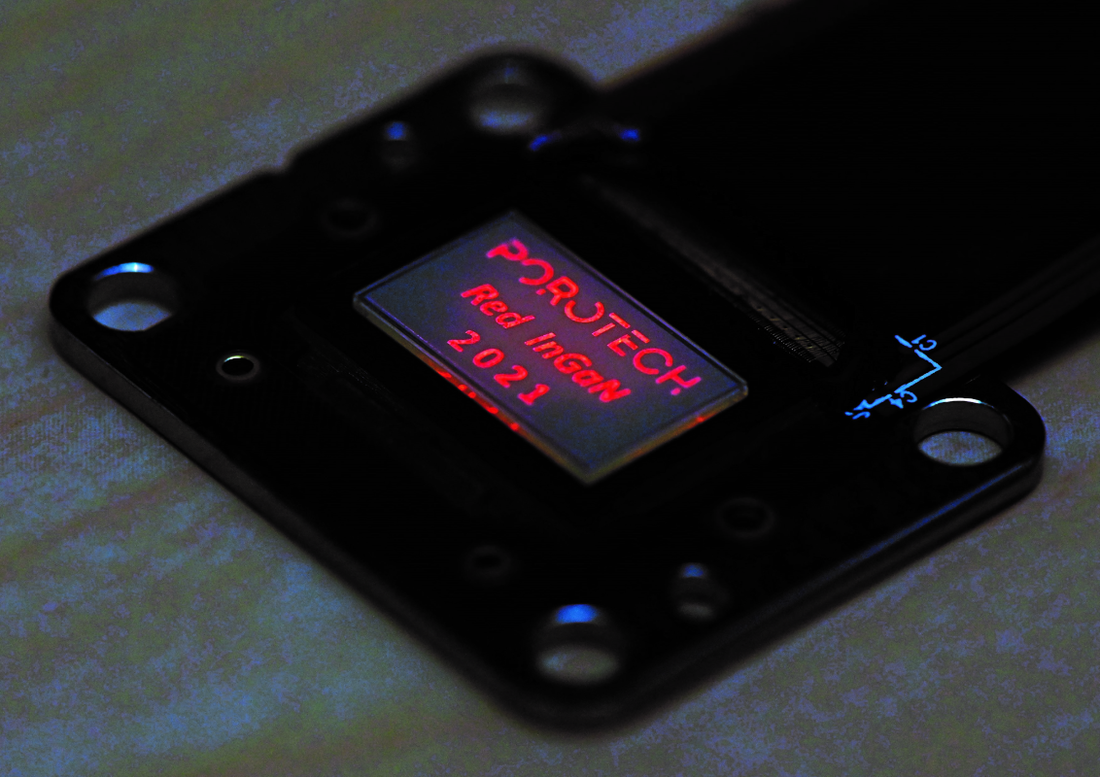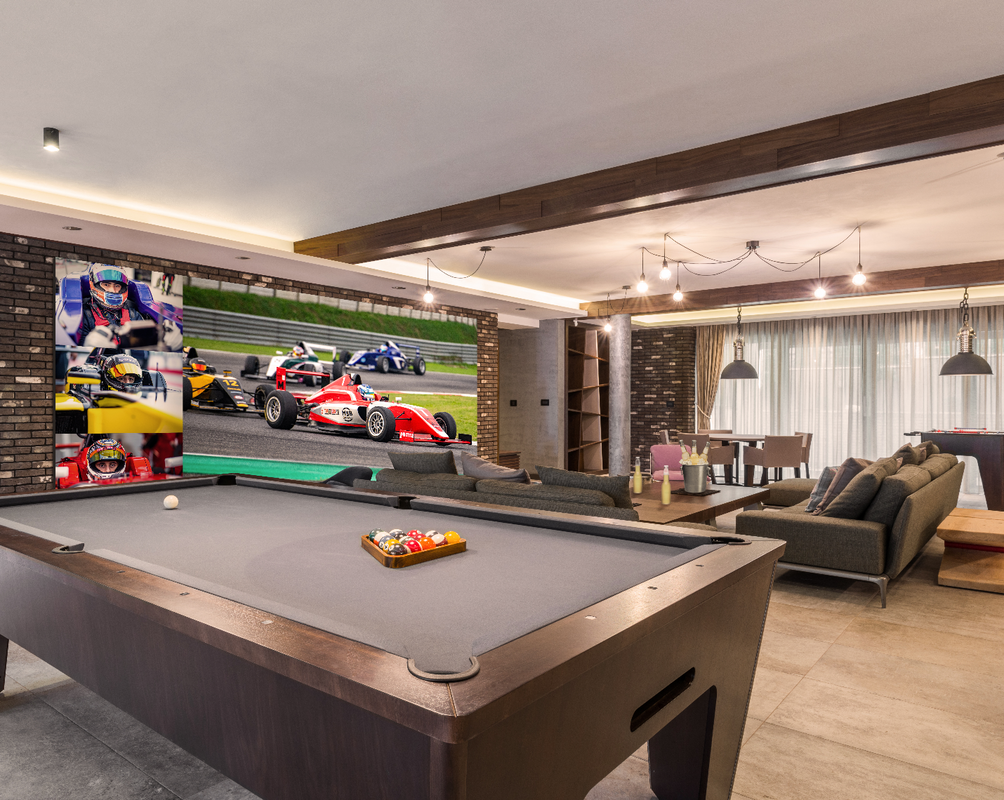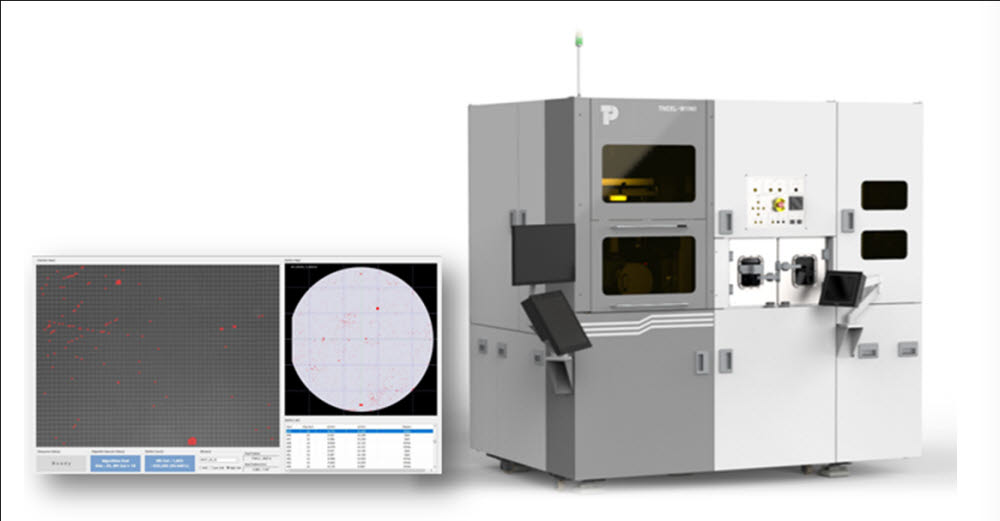Getting In or Getting Out?
That said, the company, which has been around since 2009, seems to have had some missteps over the last few years and we wonder why (more, ‘how’) they are spending money to build this new glass capacity. At the end of 2Q last year the company noted a 49.1% increase in sales but a 65.7% increase in receivables, which doesn’t include additional receivables of 13.45m yuan, which would put receivables almost at the 1H sales number. Since the company was listed in 2018 sales have increased but net profits have declined, with the company’s explanation of ‘competition in the display industry’ as the reason for the poor performance in 2018 and 2019, and the expansion of R&D and ‘other factors’ as the reason for the poor performance in 2020. In the 2021 1H report they stopped giving a reason for the continuing decline in profits.
The company’s stated goal has been to purchase OLED display panels from local suppliers, create modules, and sell them to buyers outside of China, however it turns out that their largest customer, a Chinese lighting company, is over 80% of sales so the company, which still insists it’s a ‘sellers market’ (despite the poor profits), has been looking for new products. Unfortunately during the ‘transformation period’ as the company calls the last few years, the CFO, the general manager, and the secretary of the board all resigned, after the company made three acquisitions with one still in litigation. We are sure that the company will likely get a bit of help with this new financing, but we wonder from who, unless it’s the local government looking to create jobs and another few years before the company stops justifying losses.





 RSS Feed
RSS Feed